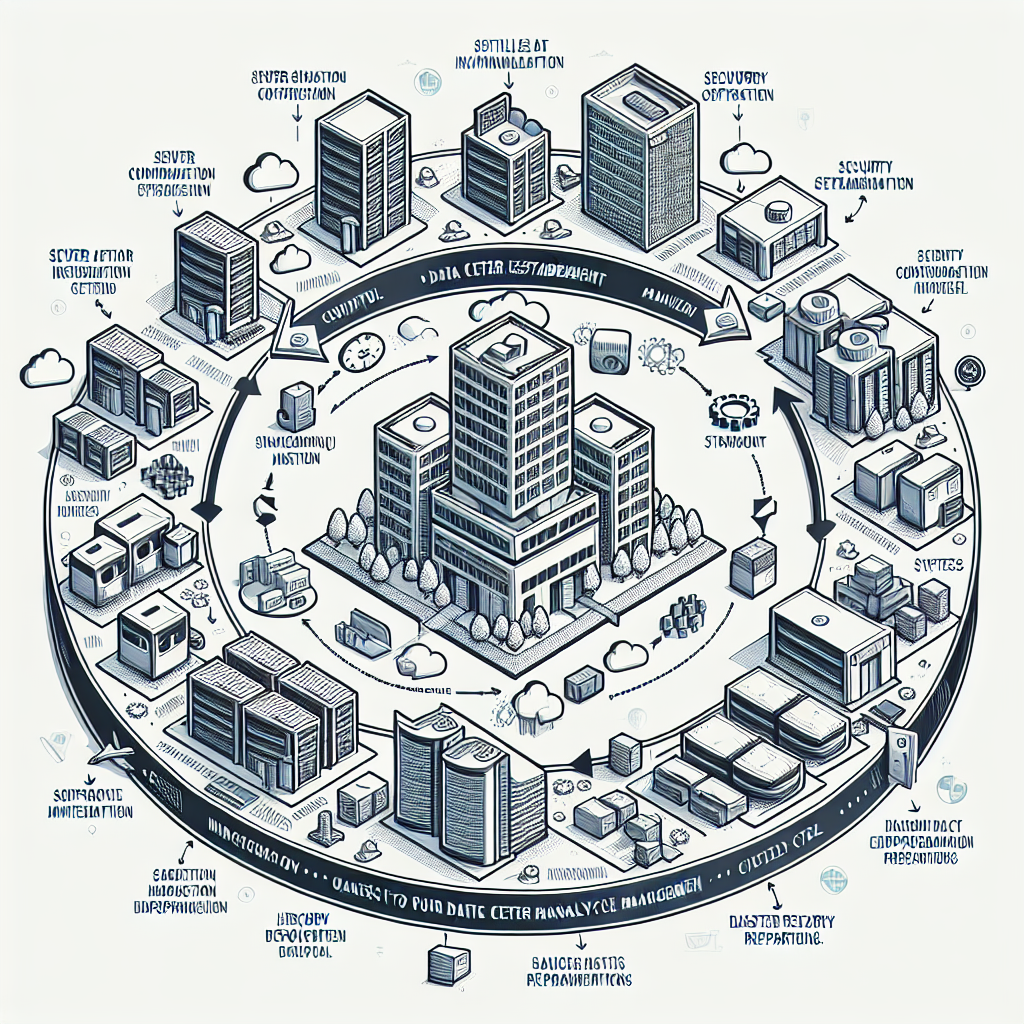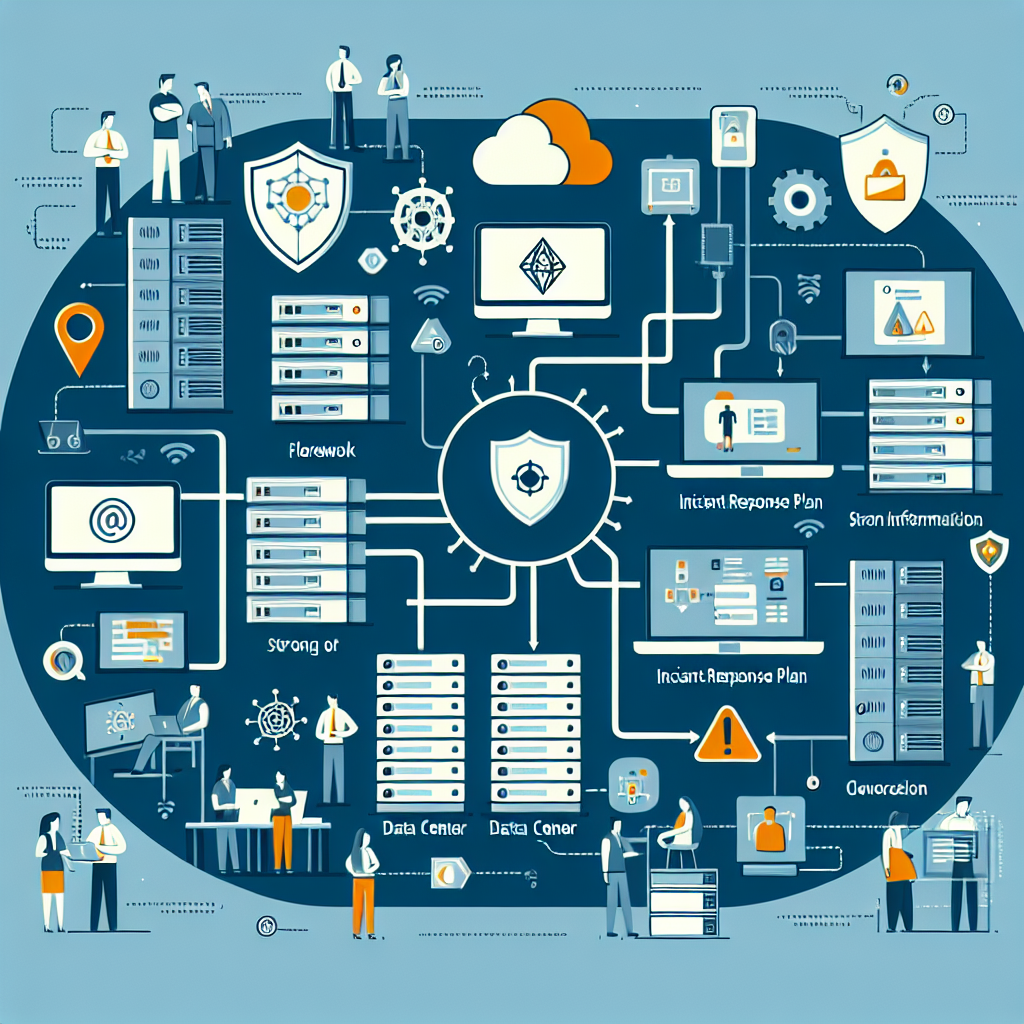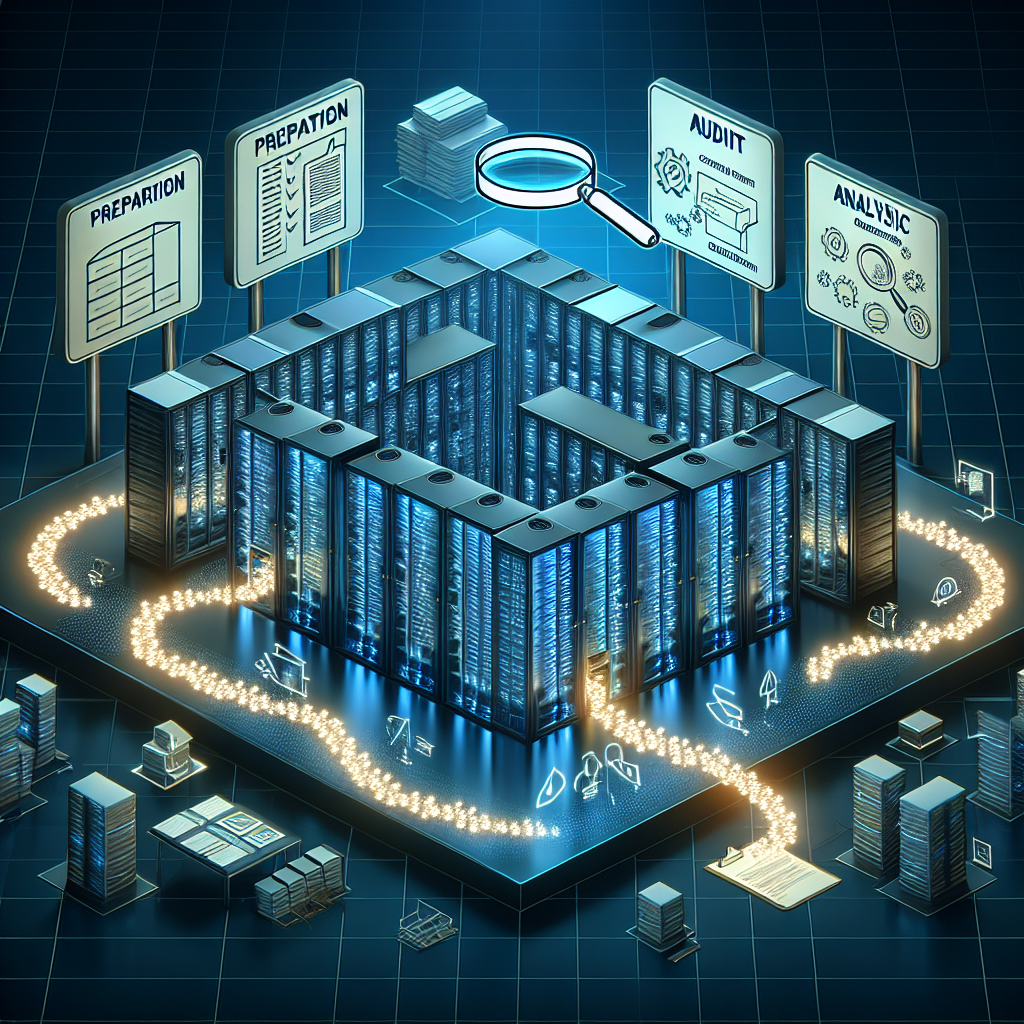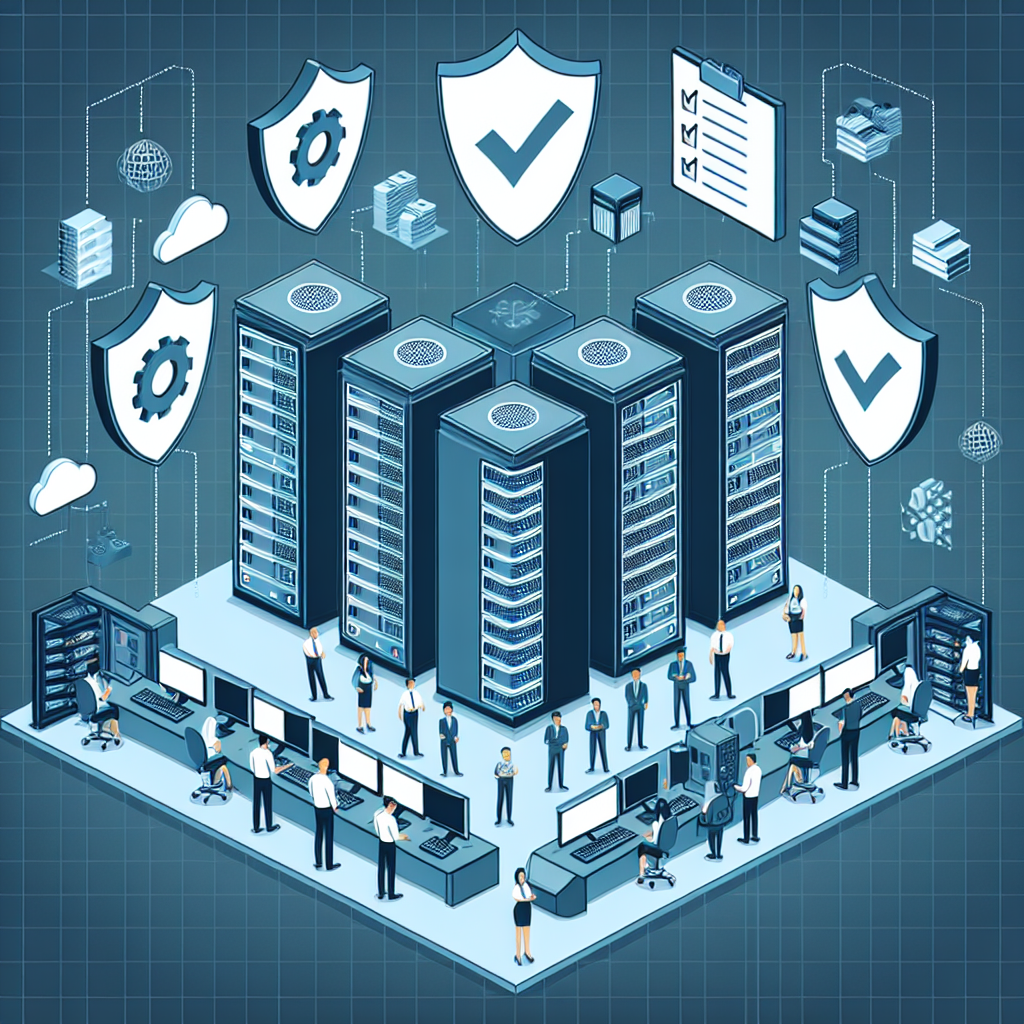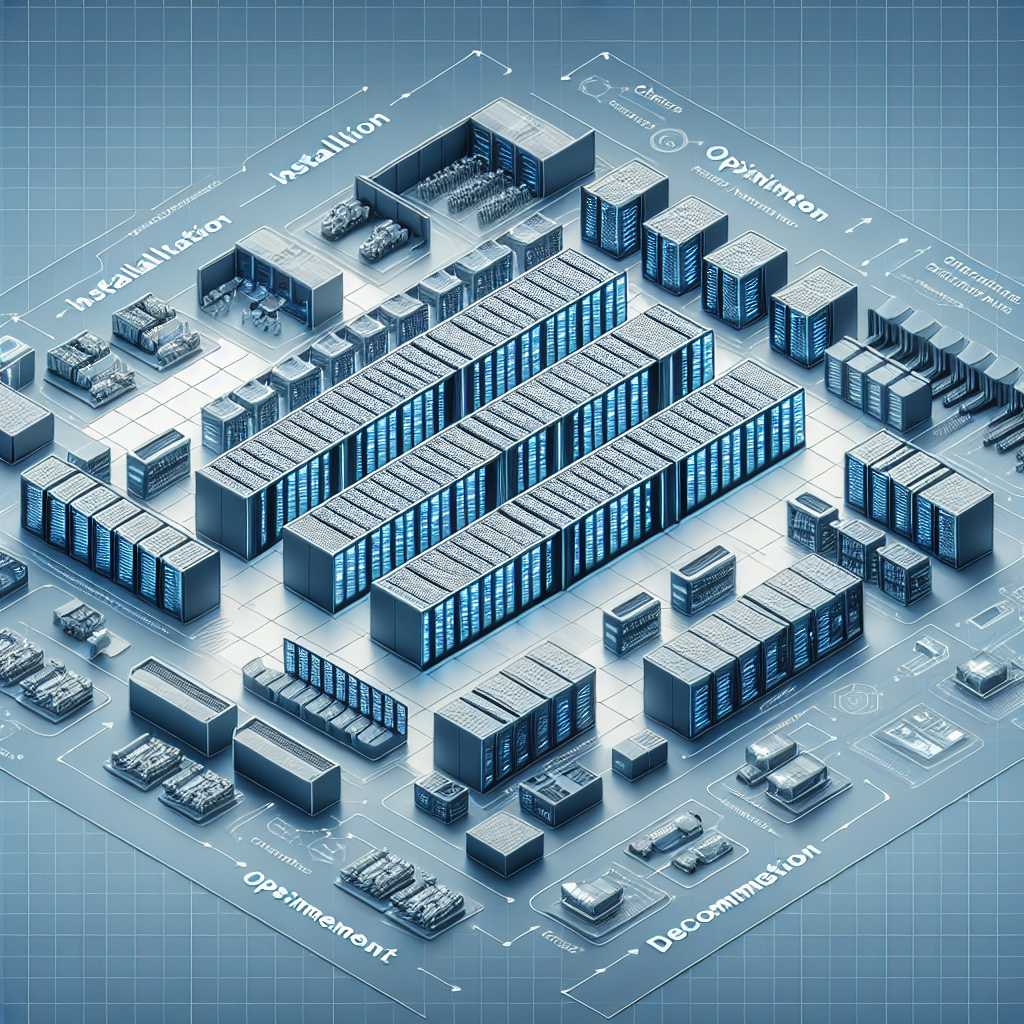In today’s fast-paced and data-driven world, data centers play a crucial role in the operations of businesses, institutions, and organizations. As the heart of an organization’s IT infrastructure, data centers store, process, and manage vast amounts of data critical to daily operations. With the increasing demand for data processing and storage, optimizing your data center is essential to ensure efficiency, reliability, and scalability.
One key aspect of optimizing a data center is lifecycle management. Lifecycle management involves planning, implementing, monitoring, and maintaining the infrastructure and equipment within a data center throughout its entire lifecycle. By following key steps in lifecycle management, organizations can maximize the performance, reliability, and longevity of their data center.
The first step in optimizing your data center through lifecycle management is to conduct a comprehensive assessment of the current infrastructure. This assessment should include an inventory of all hardware, software, and networking components, as well as an evaluation of their performance, capacity, and utilization. By understanding the current state of the data center, organizations can identify areas for improvement and develop a strategic plan for optimization.
Once the assessment is complete, the next step is to develop a lifecycle management strategy. This strategy should outline the goals and objectives for optimizing the data center, as well as the specific actions and initiatives that will be undertaken. Key components of the strategy may include upgrading hardware and software, implementing virtualization and cloud computing solutions, and improving energy efficiency and cooling systems.
After developing a strategy, the next step is to implement the necessary changes and upgrades to optimize the data center. This may involve replacing outdated hardware, upgrading software, implementing virtualization and cloud solutions, and improving cooling and energy efficiency. It is important to carefully plan and execute these changes to minimize downtime and ensure a smooth transition to the optimized data center environment.
Once the changes have been implemented, the next step is to monitor and maintain the data center to ensure continued optimization. This involves regularly monitoring performance metrics, capacity utilization, and energy efficiency, as well as conducting regular maintenance and upgrades as needed. By proactively monitoring and maintaining the data center, organizations can prevent potential issues and optimize performance over the long term.
In conclusion, optimizing your data center through lifecycle management is essential to ensure efficiency, reliability, and scalability. By following key steps in lifecycle management, organizations can maximize the performance, reliability, and longevity of their data center infrastructure. By conducting a comprehensive assessment, developing a strategic plan, implementing changes, and monitoring and maintaining the data center, organizations can achieve optimal performance and efficiency in their data center operations.


